Made in the U.S.A: Portraits of American craftsmen at work
Use your hands. Take your time.
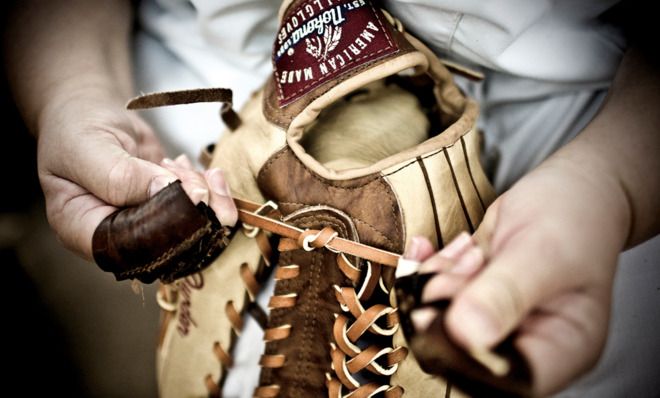
In 2009, Tadd Myers was on a commercial job in which he photographed craftsmen who worked on moldings for historic buildings. Their tremendous skill and devotion inspired him to launch a lengthy, cross-country journey photographing men and women who make their living producing handmade goods.
The resulting book, Portraits of the American Craftsman, released in 2013, features photographs of 30 workshops across the U.S., from grand piano builders in New York City to baseball glove makers in Texas.
"What started as a personal curiosity soon grew into something that feels much more important — an opportunity to record and preserve this aspect of American culture and tell the story of these remarkable people," Myers said.
Subscribe to The Week
Escape your echo chamber. Get the facts behind the news, plus analysis from multiple perspectives.

Sign up for The Week's Free Newsletters
From our morning news briefing to a weekly Good News Newsletter, get the best of The Week delivered directly to your inbox.
From our morning news briefing to a weekly Good News Newsletter, get the best of The Week delivered directly to your inbox.

Fisk Knives in Arkansas.| Working five feet from a 2,400-degree fire.
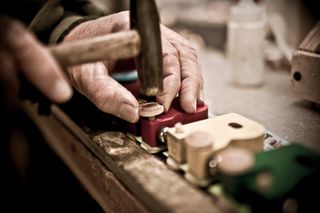
Maple Landmark Woodcraft in Vermont. | The wood product and toy maker has roots that go back more than 100 years.
Myers first discovered his interest in photography when he was working in his father's printing shop. And he's still kind of old school as a result. "In this day of digital media and our constant bombardment by visual clutter," he said, "it is so important to make imagery that tells its story in an elegant and unique way."
His photographs are crafts unto themselves — balancing both his artistic vision and his technical competency. The lush tones and tight angles in Portraits of the American Craftsman transport viewers into the workshops.
Sign up for Today's Best Articles in your inbox
A free daily email with the biggest news stories of the day – and the best features from TheWeek.com
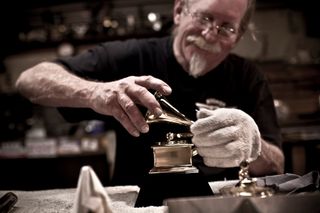
Billings Artwork in Colorado. | John "The Grammy Man" Billings drives the awards to Hollywood himself to ensure they don't break.
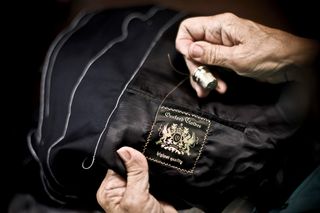
Oxxford Clothes in Chicago. | A world-class suit takes five weeks to produce.
"The most valuable lesson was that money is but one sliver of what motivates these craftsmen," Myers said.
"[There are] many less-tangible benefits, such as being their own bosses, creating their own schedules, and being more in control of their own futures," he said. "They have found that this type of work contributes to their quality of life, creates a personal legacy, and provides a sense of accomplishment in a much more fulfilling way."
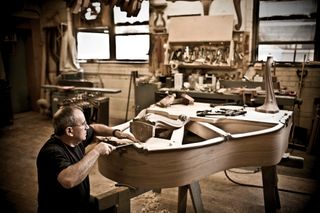
Steinway and Sons in New York City. | It takes about 11 months for a Steinway to be constructed to tonal perfection from 12,000 individual parts.
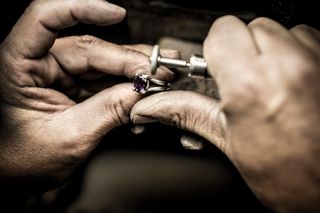
James Avery Jewelry in Texas. | In the summer of 1954, James Avery started his jewelry business in a two-car garage with about $250.
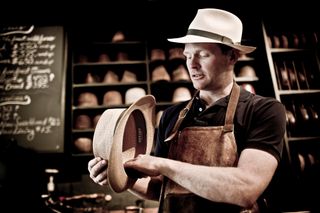
Optimo Fine Hats in Chicago | All of Graham Thompson's tools and machinery were made in the 1930s and 1940s.
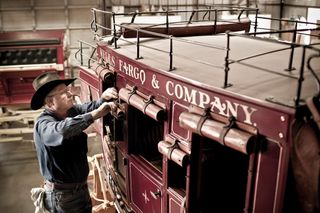
J. Wilson Stagecoach Works in Texas. | This stagecoach body is entirely one piece, without seams, and made of fiberglass poured over a wood frame.
Click here for more information on the book Portraits of the American Craftsman.
Loren Talbot is the photo editor for The Week magazine. She has previously worked for Stuff, Maxim, Blender, and Us magazine, as well as for the Sweet Genius production company. She is a graduate of both Marlboro College and Pratt Institute. Her part-time job is adventurer.
-
 Life after being a hostage
Life after being a hostageUnder The Radar Israel expects released captives to have 'severe' physical and emotional challenges
By Chas Newkey-Burden, The Week UK Published
-
 Is it worth trying to get the highest credit score?
Is it worth trying to get the highest credit score?The Explainer Here's what to know if you are seeking a perfect 850
By Becca Stanek, The Week US Published
-
 'Last year was truly a revolutionary one for Indian cinema'
'Last year was truly a revolutionary one for Indian cinema'Instant Opinion Opinion, comment and editorials of the day
By Justin Klawans, The Week US Published